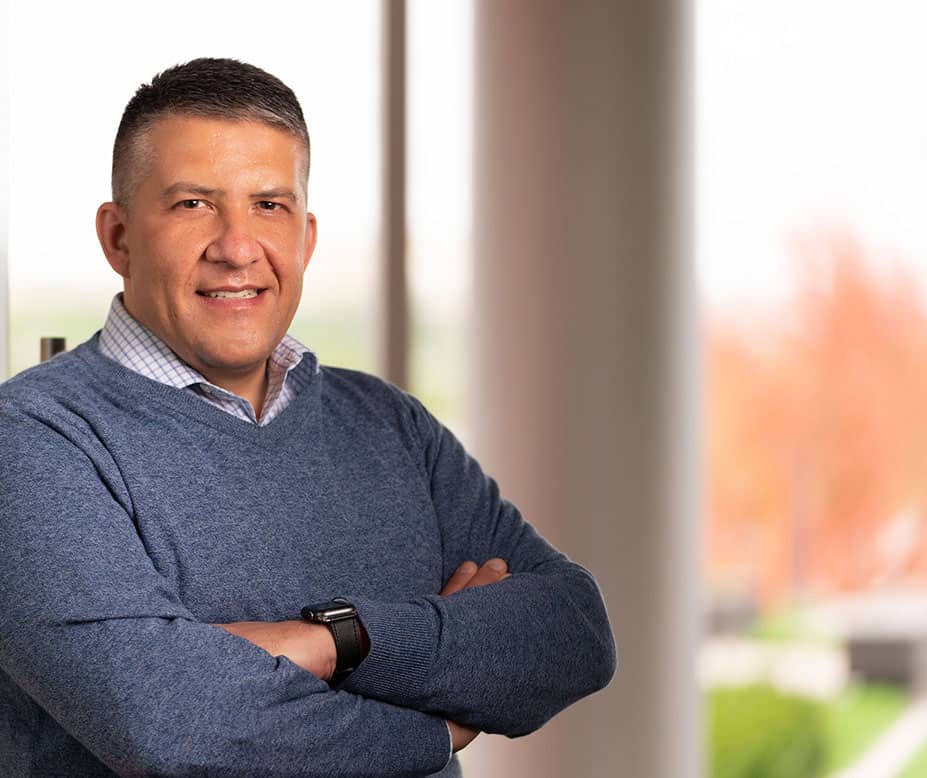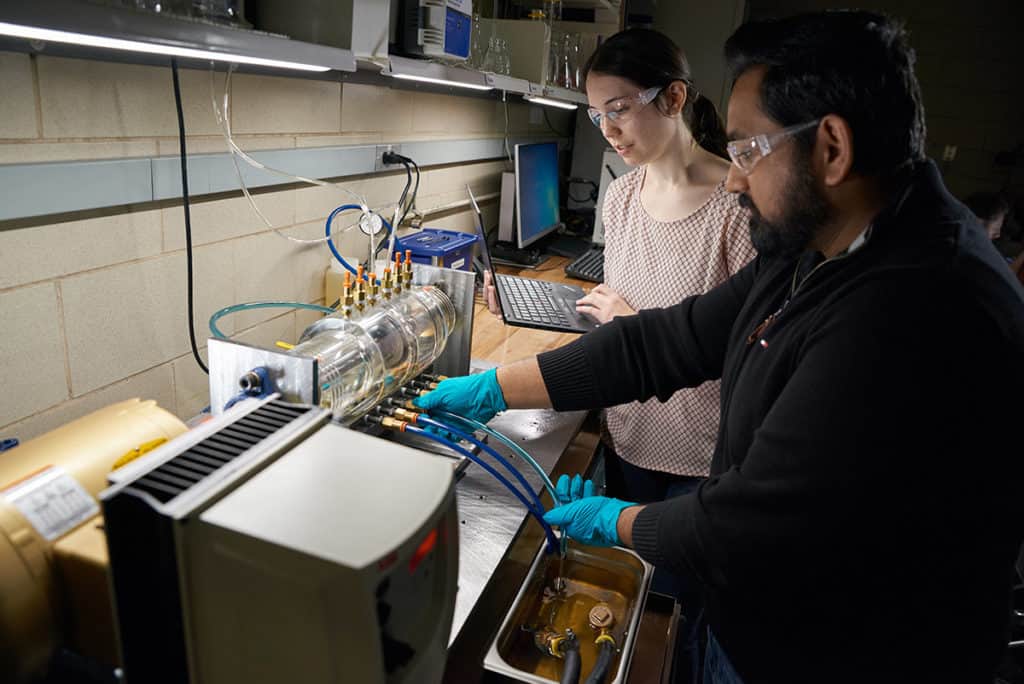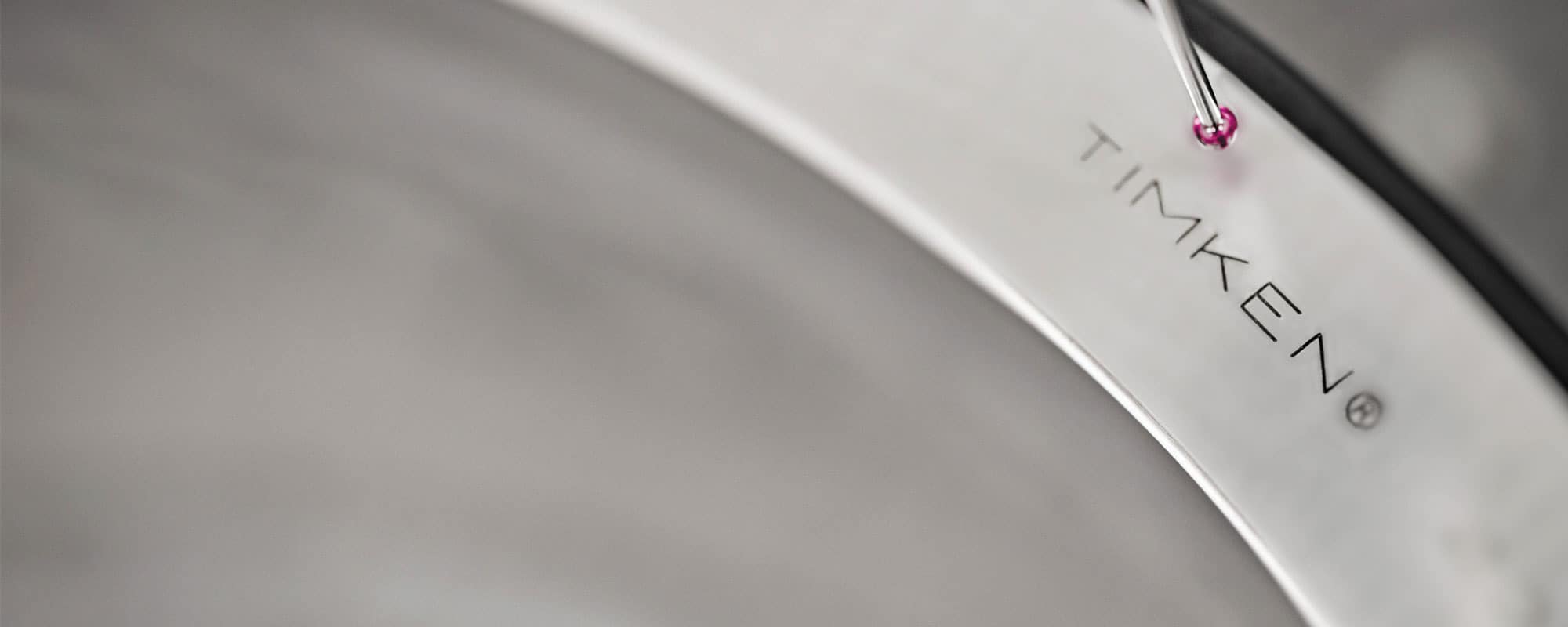Talent
Cultivating the Next Generation of Bearing Experts
Mike Kotzalas, director of global customer engineering, has a PhD in mechanical engineering and built a name for himself early on by publishing in peer-reviewed journals, participating in industry conferences and winning awards. By the time he was 34, he held two U.S. patents for cylindrical roller bearing designs and had co-authored, with his long-time mentor Tedric A. Harris, the two-volume 5th edition of Roller Bearing Analysis, a standard reference that bearing engineers have relied on for decades.

Mike Kotzalas, director of global customer engineering, has a PhD in mechanical engineering and co-authored the two-volume 5th edition of Roller Bearing Analysis, a standard reference that bearing engineers have relied on for decades.
Today, Kotzalas remains at the top of his field, participating on advisory boards with the International Organization for Standardization (ISO), and the American Bearing Manufacturer’s Association (ABMA) to develop roller bearing standards. He is credited on 29 publications, leads the occasional ABMA training, and sits on the mechanical engineering advisory board for the University of Akron.
In a recent interview, we talked to Kotzalas about his accomplishments, challenges and what he enjoys most about his work.
Q: How did the opportunity to co-author Roller Bearing Analysis come about?
Kotzalas: It stemmed from my advisor at Penn State, Tedric A. Harris. He was a retired industry veteran, well known for writing the reference book, Rolling Bearing Analysis. A good mentor really helps. I started going to conferences, presenting papers, and doing things you usually don’t do until later, after you get your PhD.
After I’d been with Timken for a few years, he asked me to help him with the 5th edition of Rolling Bearing Analysis. We dusted it off and worked on it together to bring it up to speed with what was going on in the industry. We turned it into two shorter volumes—one on the basics and one on advanced concepts. That was published in 2006.
Q: How have Timken engineers expanded on that bearing knowledge in the past 14 years?
Kotzalas: The book covers bearing fundamentals but doesn’t really go into the application knowledge that we focus on at Timken. Over the years, our Syber predictive modeling tools have gotten better and better, helping us predict bearing performance with increasing accuracy.
Our testing and data toolset is second-to-none, but we’re still working to understand what’s happening down to the molecular structure of the steel. The work that Timken engineers are doing with neutron scattering is really exciting. It’s helping us understand and adjust stress factors at the innermost depths of a bearing.
The rheology lab also is a place where we’re working to study physical and chemical structures at a first-principles level, so we can begin to accurately predict friction in power train systems, rather than using empirically based formulas for estimation.

Q: What part of your job do you enjoy the most?
Kotzalas: Interacting with customers, solving their problems and also coaching new associates—bringing them in, helping them understand what we do, how we do business. Teaching them all the bearing stuff I know and helping them become high-level engineers.
Whenever I find myself in front of a customer, watching an engineer I’ve coached explain a new concept, and I see the customer begin to understand it, too—that’s the sweet spot, the marriage of both sides.
Q: What’s your most important role as a team leader?
Kotzalas: Being an influencer. Getting the culture right and getting everybody aligned and rowing in the same direction. In some ways it’s like an internal sales job—I have to convince everybody there’s a need to change, lay out a strategic direction and then convince them to go along—to see the benefits in it for them.
It’s also about encouraging them to offer up new and better ideas so we can all learn from each other and adjust as we go along.
Q: What’s your advice on leading innovative teams?
Kotzalas: People can be guided but if you want them to learn and develop new skills, they have to do a lot of work themselves. I always try to make sure I’m giving them opportunities to work out answers on their own.
I also push for people to document what they’ve learned. We all learn something new every day, so let’s continually update and share our thinking globally, and constantly work together as we learn.
Finally—as I guide people toward solving a problem, I point them to others in the company who have worked through some of the same issues. That way, new associates begin to put together their own network of connections—people they can bounce ideas off and collaborate with.
Teamwork is a part of Timken’s core values, and we place a lot of emphasis on the importance of collaboration throughout the organization. We want to make sure everybody feels comfortable and safe reaching out informally. New associates begin immediately with a platform designed to help them build their network and their knowledge.
Q: What keeps you at Timken, after 22 years?
Kotzalas: Two things: I keep getting challenged. Timken is really good at keeping people growing and engaged. And the second thing is the people. People at Timken are just very friendly and fun to work with.
If you ask somebody a question, there’s always a conversation, and that’s really helpful. People are more than willing to coach and guide you, so there’s never a reason to feel alone. You also begin to form those personal relationships, which makes coming to work something you look forward to even more.
Read more about the research Timken engineers are doing to better understand what goes on deep inside a bearing.
Last Updated: 2021/08/19
Published: 2020/12/14
